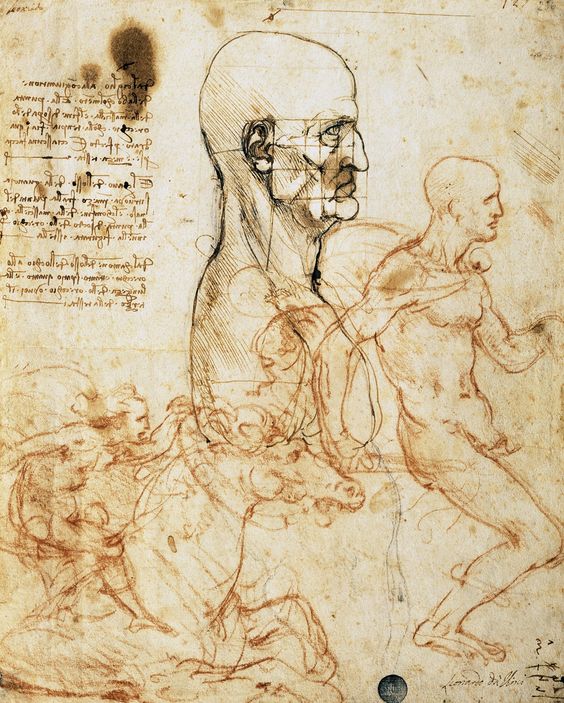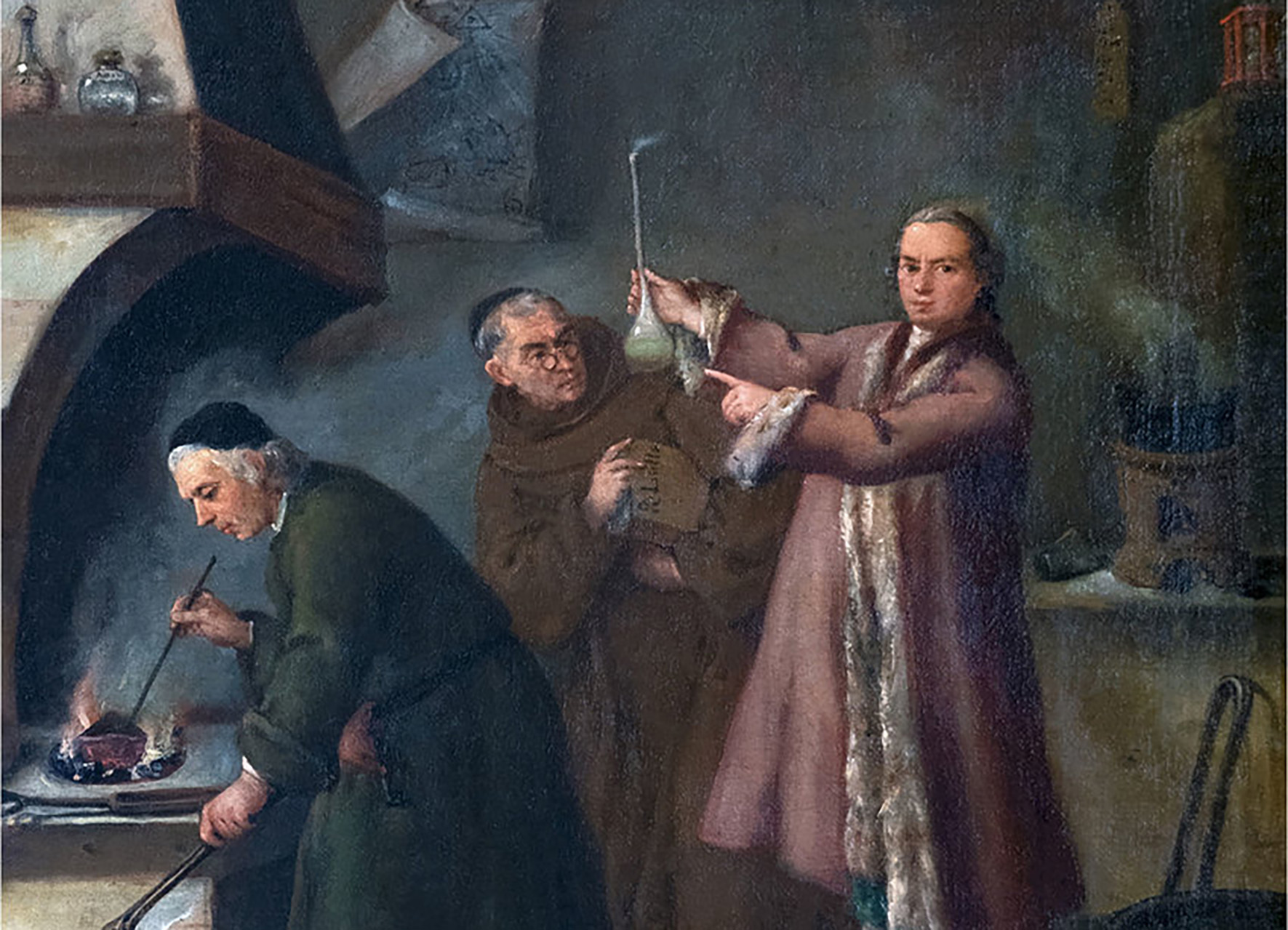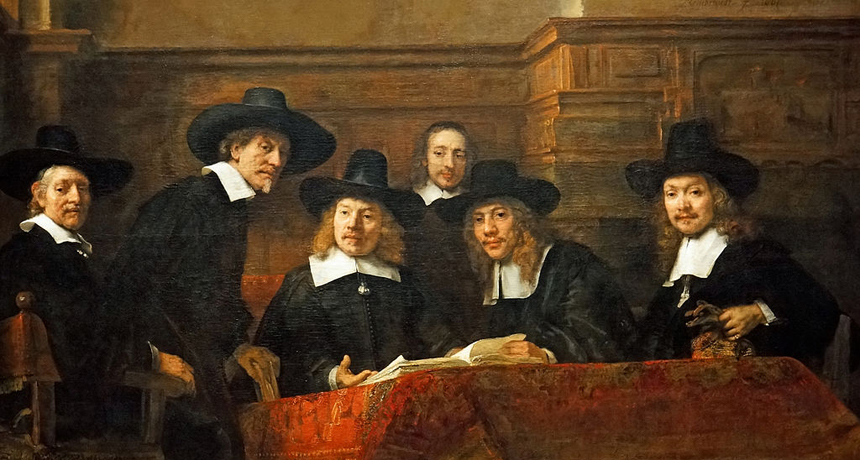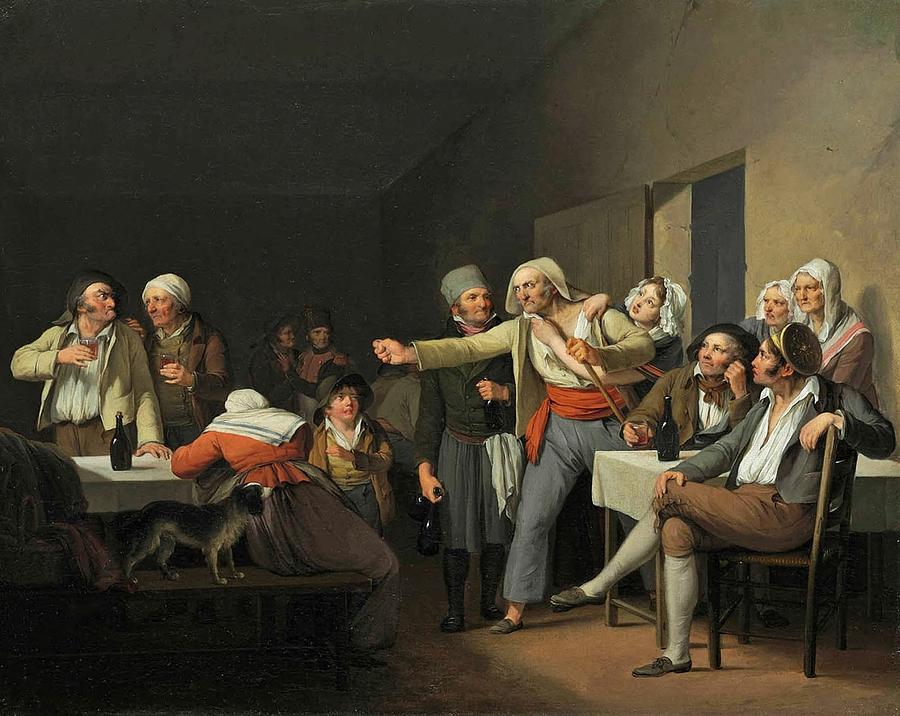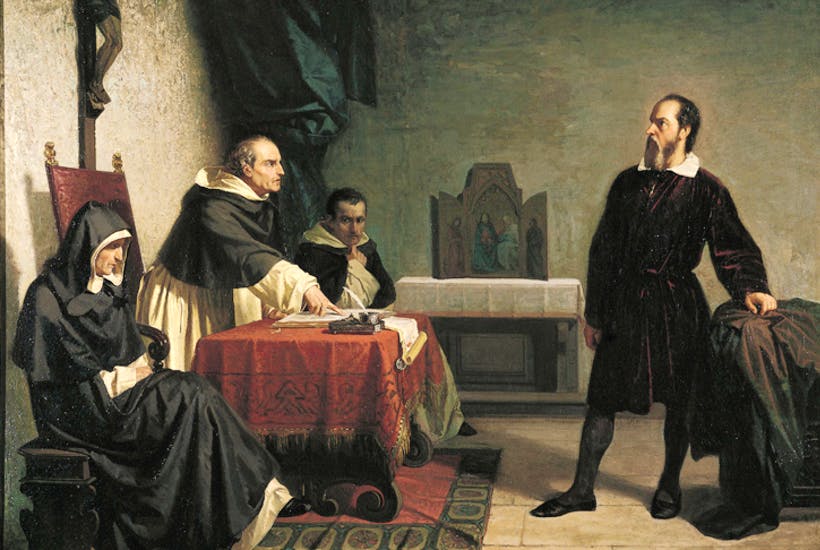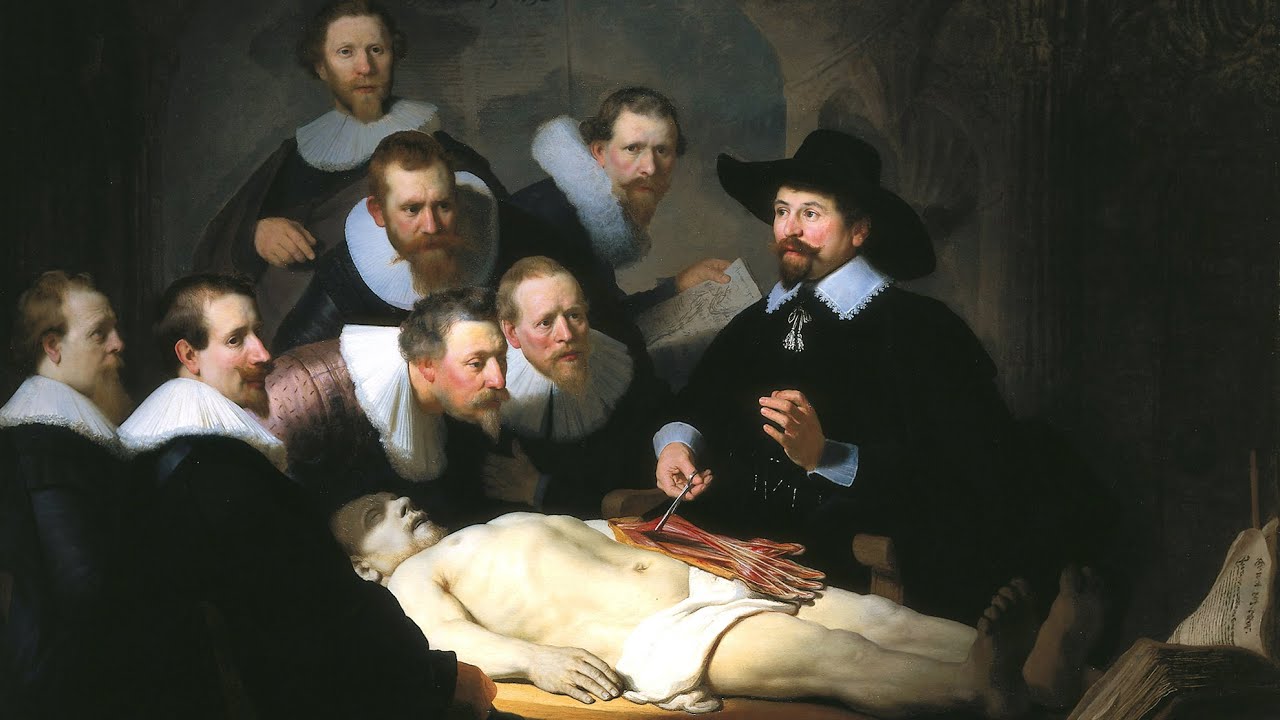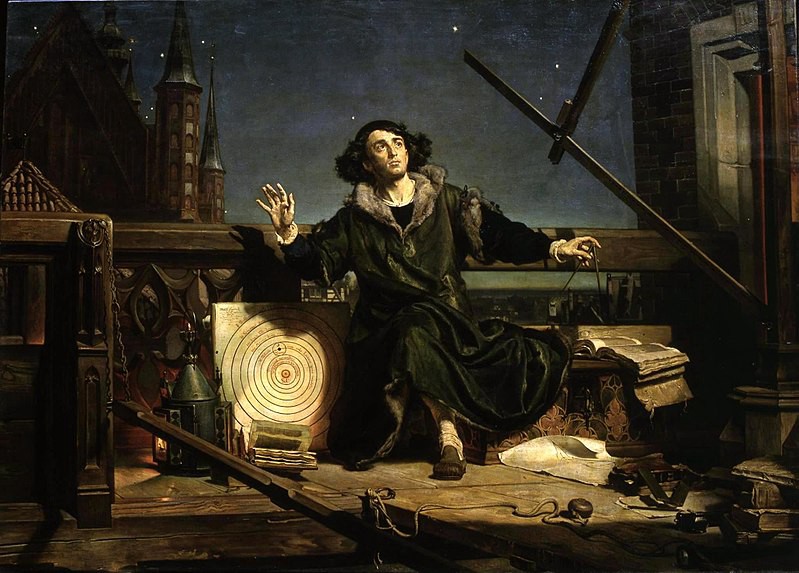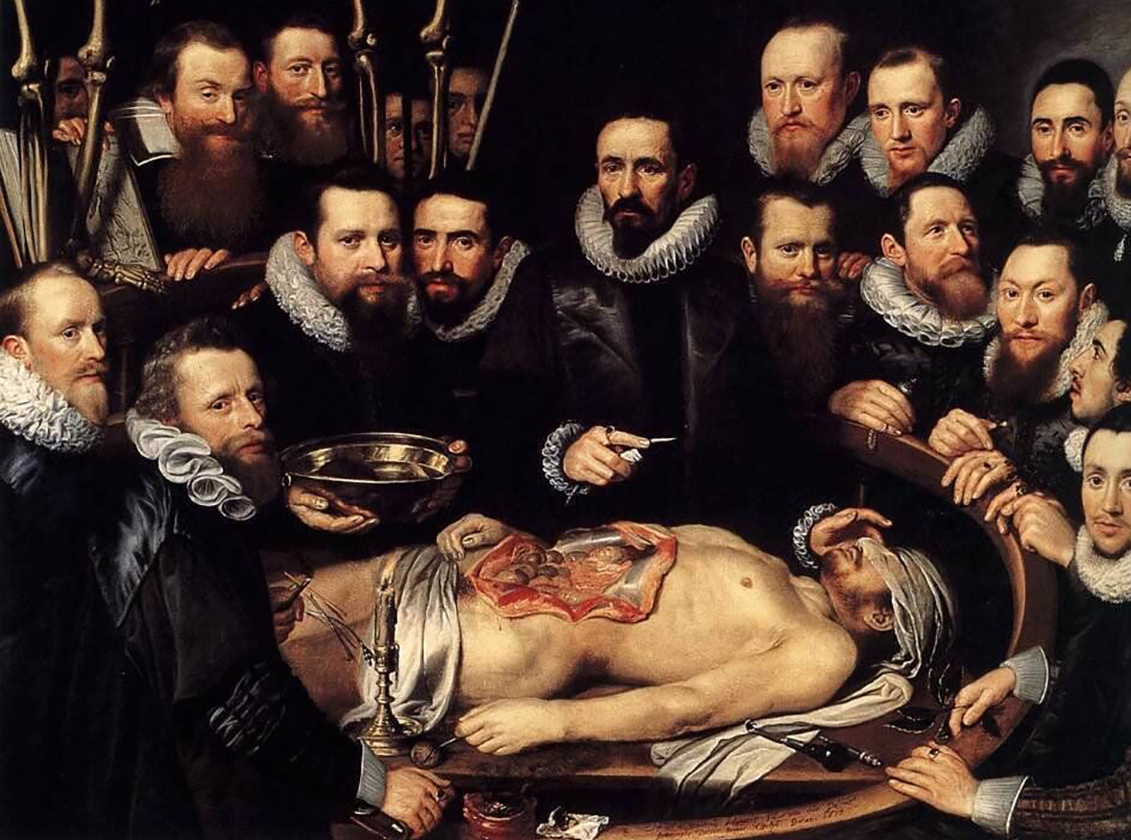It is really very important to know how the sound works, how it is transmitted through the air because the sound of music is pleasant and the sound of a motorbike with a destroyed exhaust pipe is unpleasant. But, it is more pleasant and enriching to learn this when the professor puts it before our […]
The STEAM procedure, the A between E & M, why do we recommend it.
What did we gain from such a trip? We have faith in the various benefits of such a procedure and more precisely in its benefits in different fields and areas of the development of children and especially adolescents, which is even more important. This procedure affects various areas necessary for the integrated development of the […]
Further stages of the STEAM process
If the teacher combines the third stage of the action that has taken place in the classroom with the fourth stage which is the recapitulation and the discussion, then he can specialize in specific issues of the subject. In our example with the trial of Galileo, Galileo’s arguments may have gone as far as proving […]
4th level of approach-Observations & conclusions from the action
While the action (Third Level Approach) has the freedom and includes many elements of fun and play, in the fourth level we gradually return to the strict character of the lesson. We concentrate on the scientific subject and concretize the conclusions that emerged from the previous levels of approach. The experiential process, the images, and […]
3rd level of approach-Movement action, Participation-Cooperation
We always seek the participation of children in some action. This action can be an improvisation with or without speech, a dance existing or invented especially for the lesson, a construction, an artistic action of painting, sculpture with clay, a collage, an activity of making utensils which may be used in cooking etc. In […]
2nd level of approach
The references to the painting are very important and students will definitely find them interesting. However, our topic is, always, the lesson. So, by our method and the specific steps we propose, we should approach the lesson. We chose a work of art to reach the conclusions we want, because a work of art both […]
1st level of approach-Our beginning
The beginning of the lesson and the starting point should be, mainly, the artistic event we have chosen, for example, a painting, an installation, a collage with simple materials, a theatrical or kinesiological action/dance. The teacher presents e.g. the painting and talks about it. His speech should allow students to discuss and participate, with their […]
What are the steps required in a STEAM lesson (for the teacher)
We should say in advance that before starting any educational learning activity with his students, he needs: 1. Very good knowledge of the scientific subject. This knowledge is not only attached to the textbooks, but the teacher must have an in-depth knowledge of the subject in order to be able to visualize it in pictures. […]
The teacher
The painting gives the possibility to the teacher to approach various scientific topics. We will refer to two of the most obvious ones. 1. What could have happened and the central figure utters this scream? (One, could give a lot of different answers: Something in his environment or inside him, something universal or something individual […]
Give us an example
What do we mean by that? Let us give an example: We mean that Munch’s famous painting “The Scream” can be a starting point for talking / learning / experimenting / playing and discussing sound waves, as the central image of the painting expresses a strong dramatic cry (see case study in stemproject .eu -> […]

